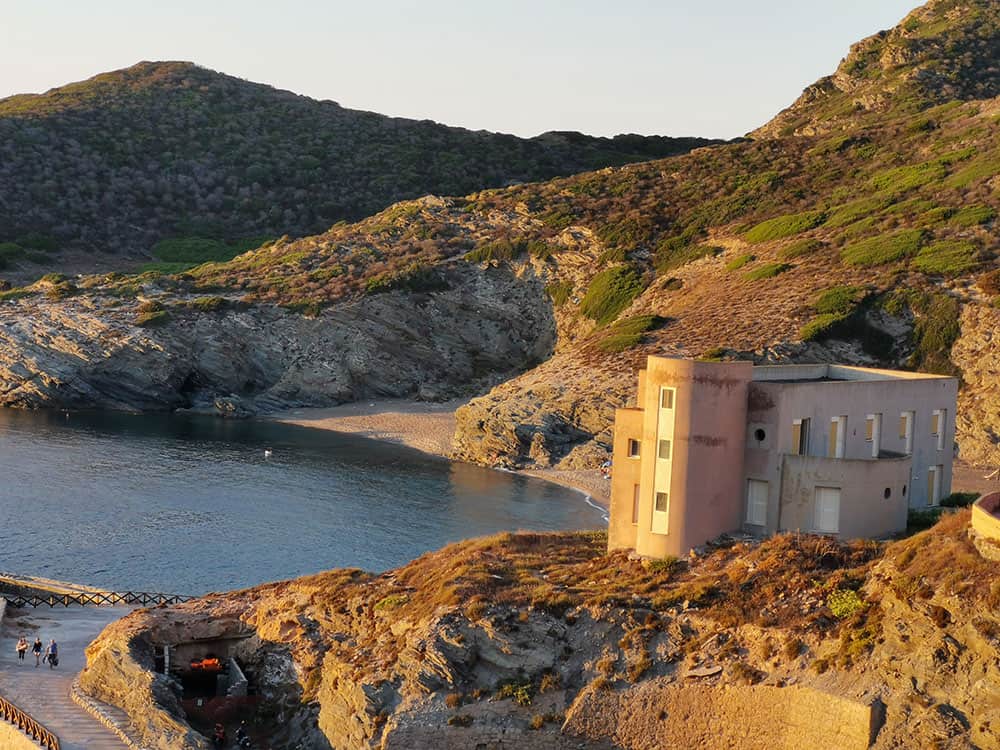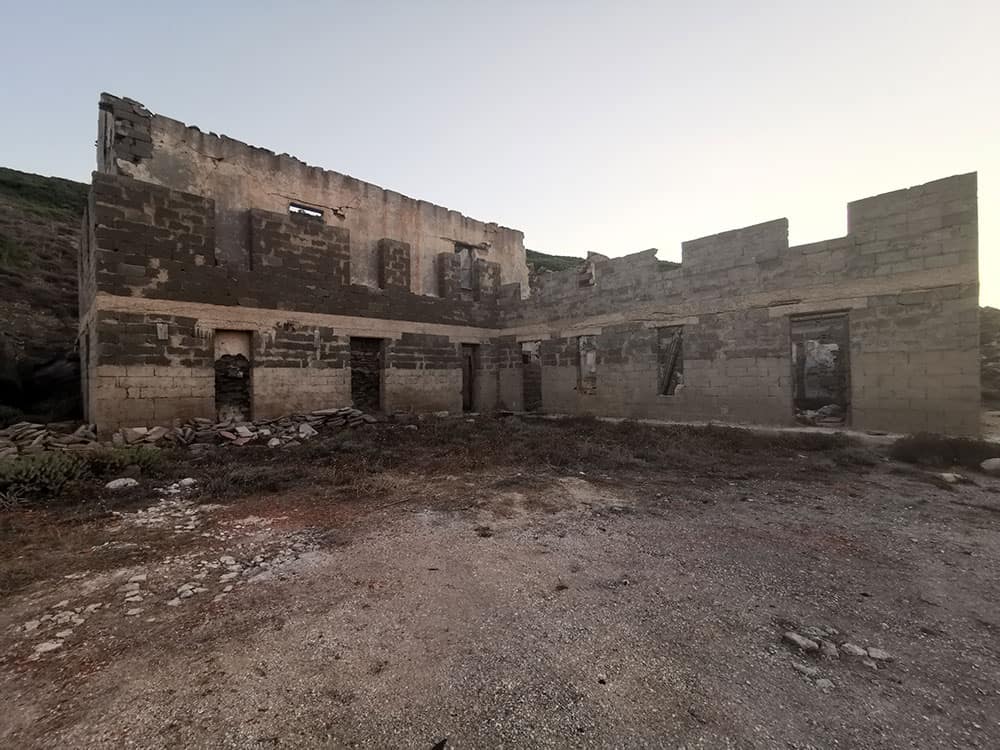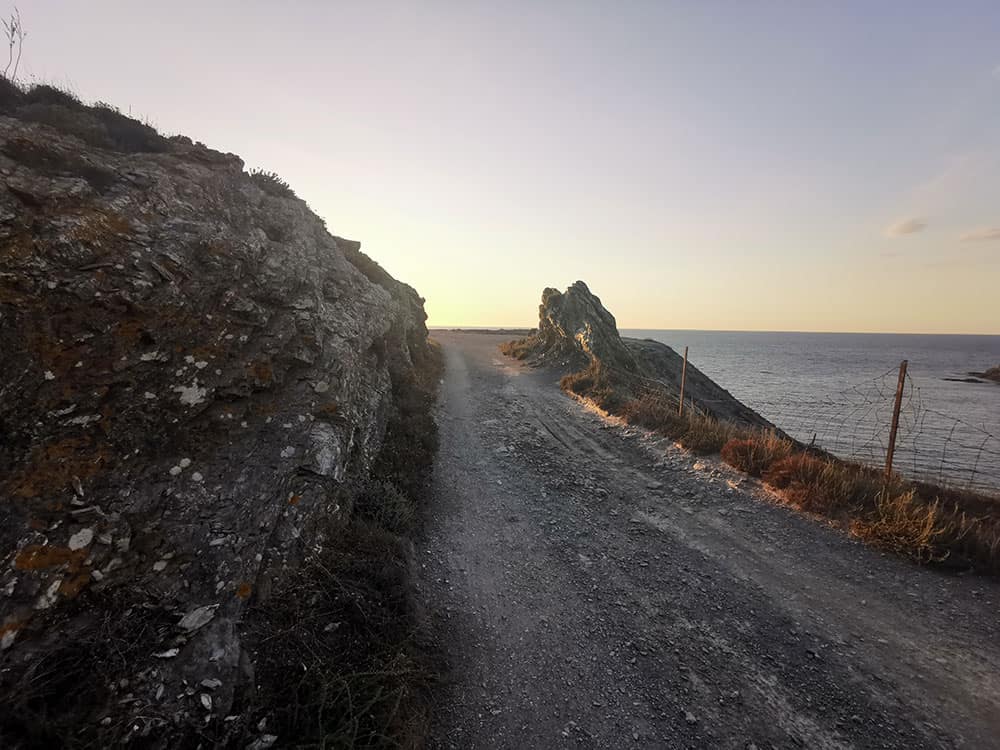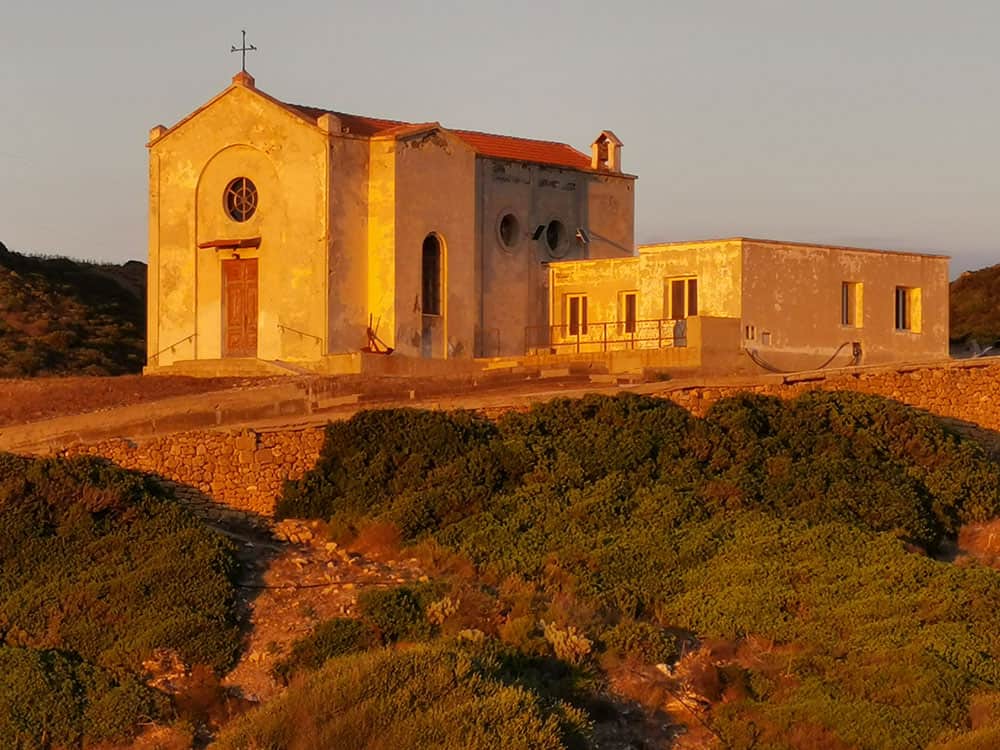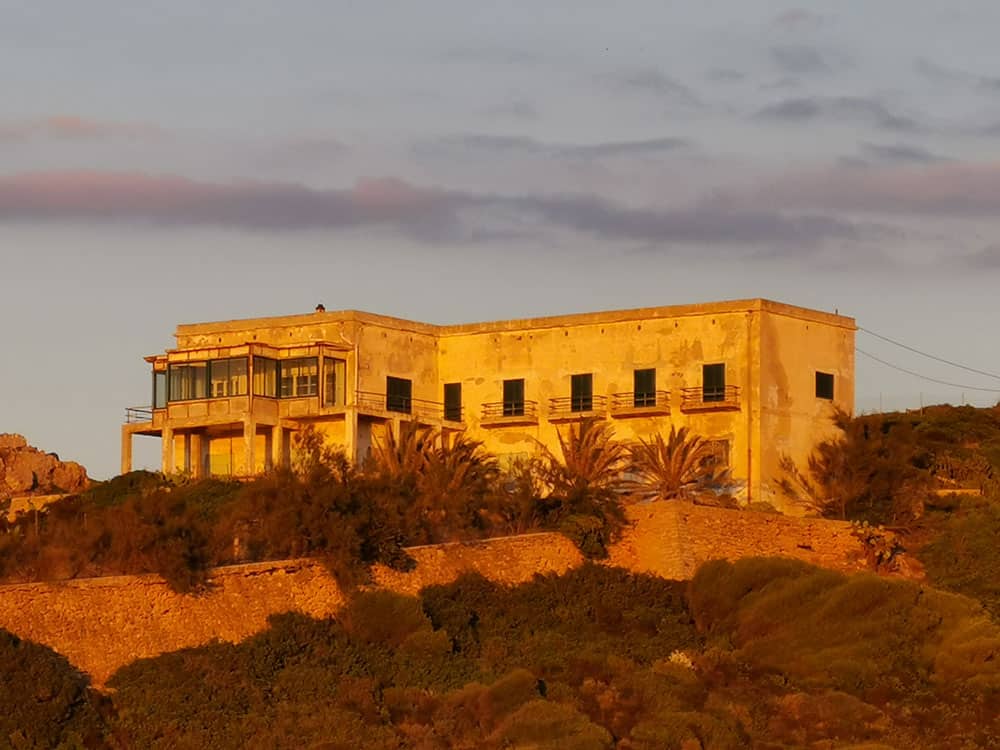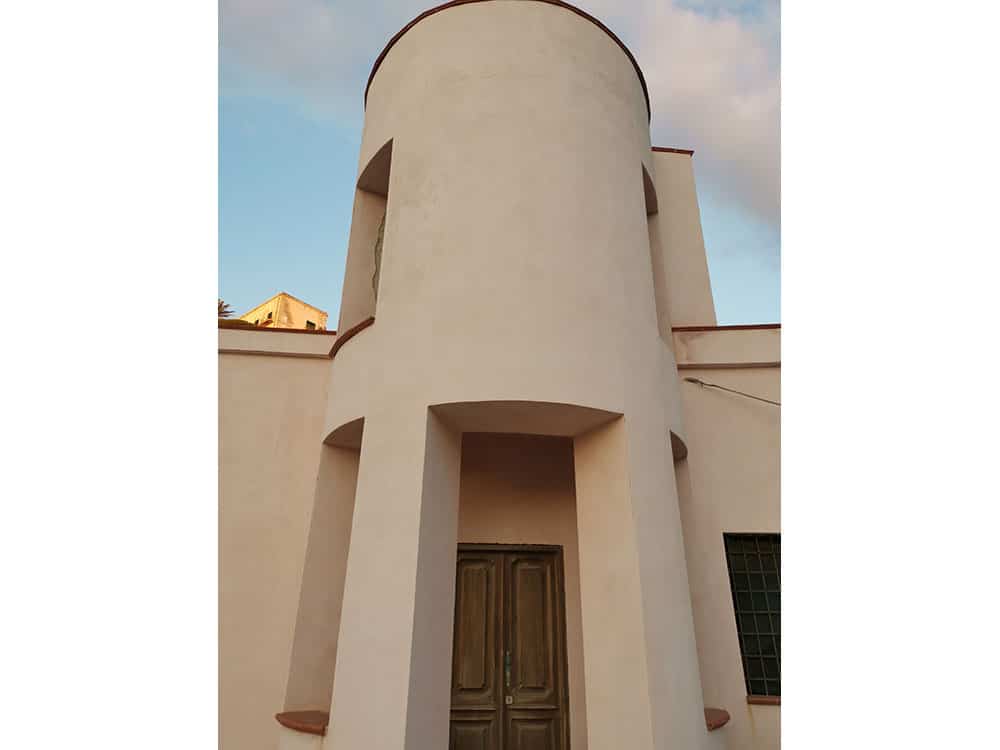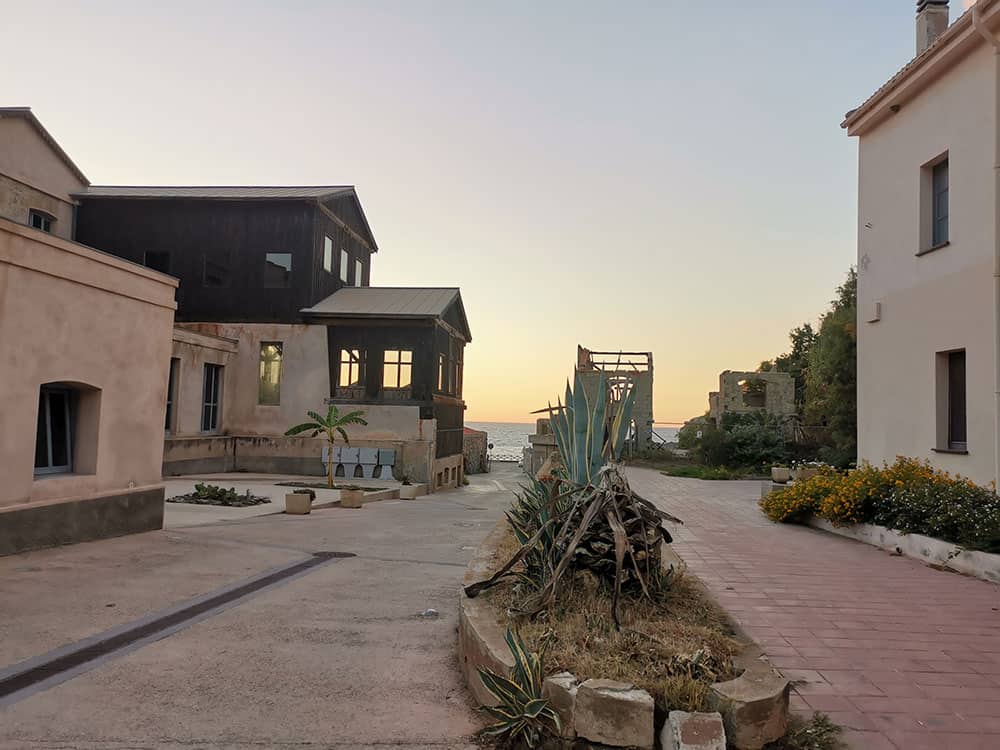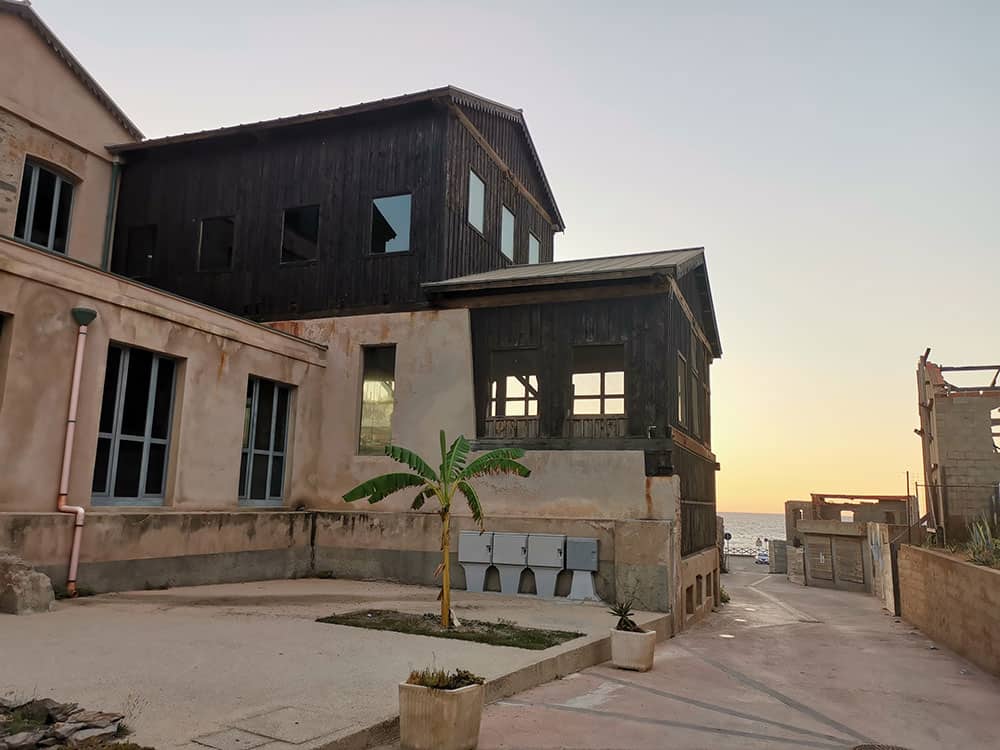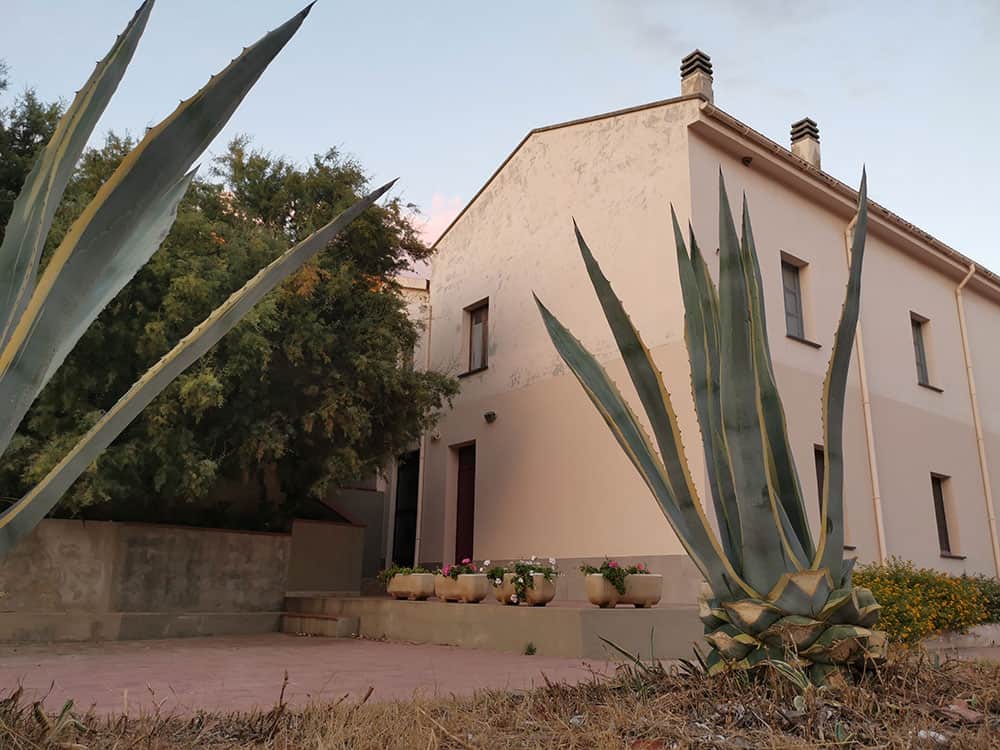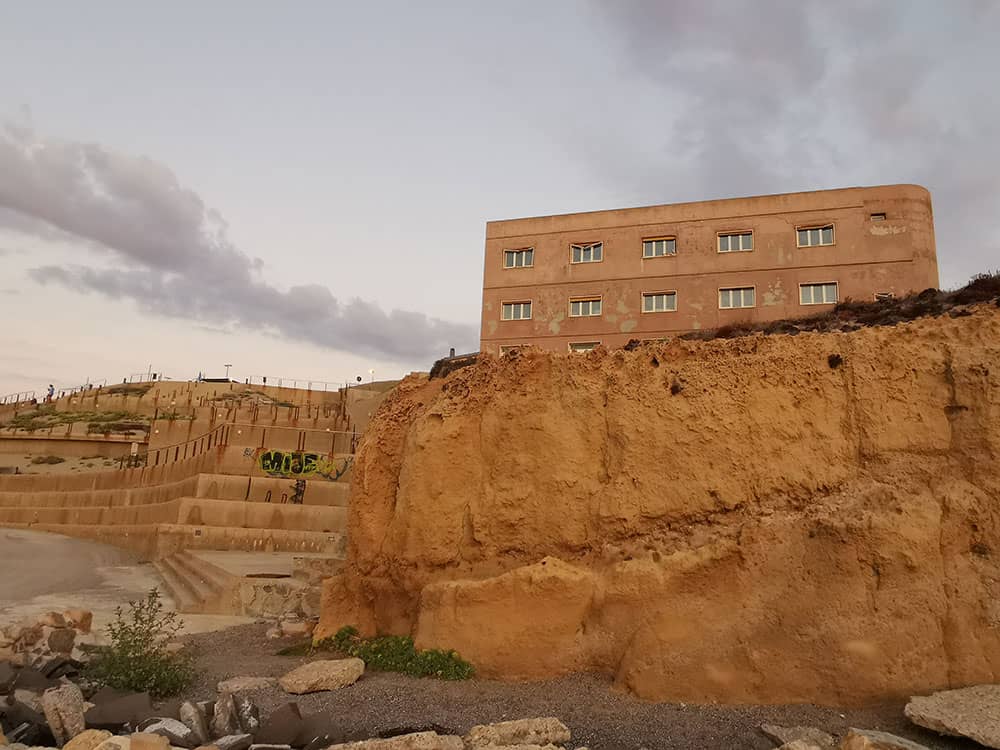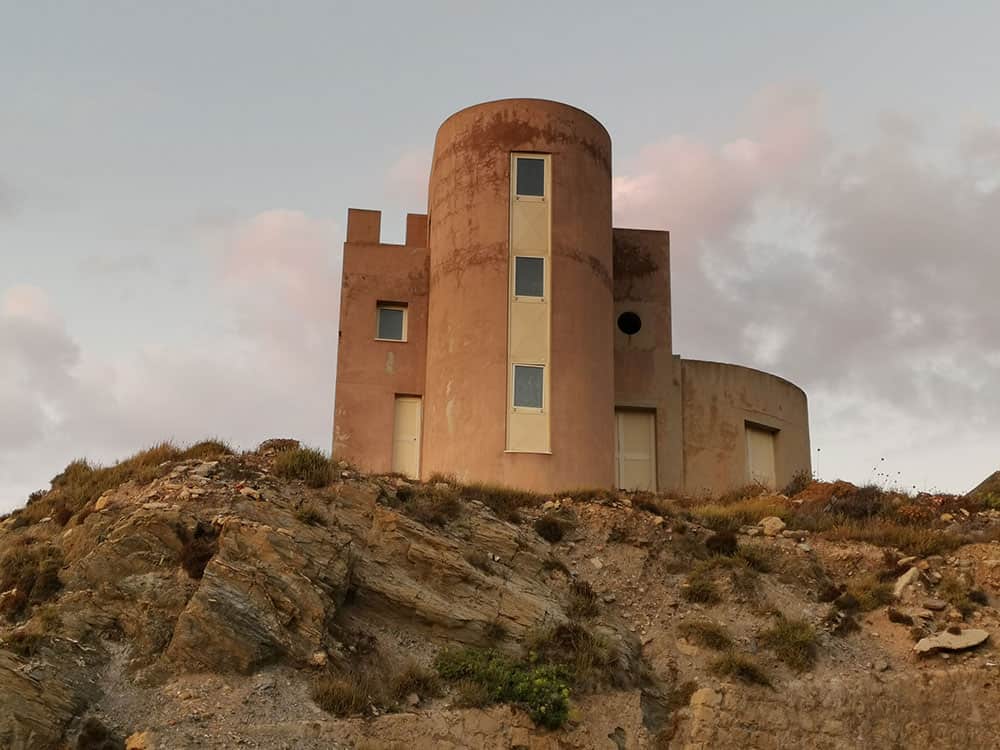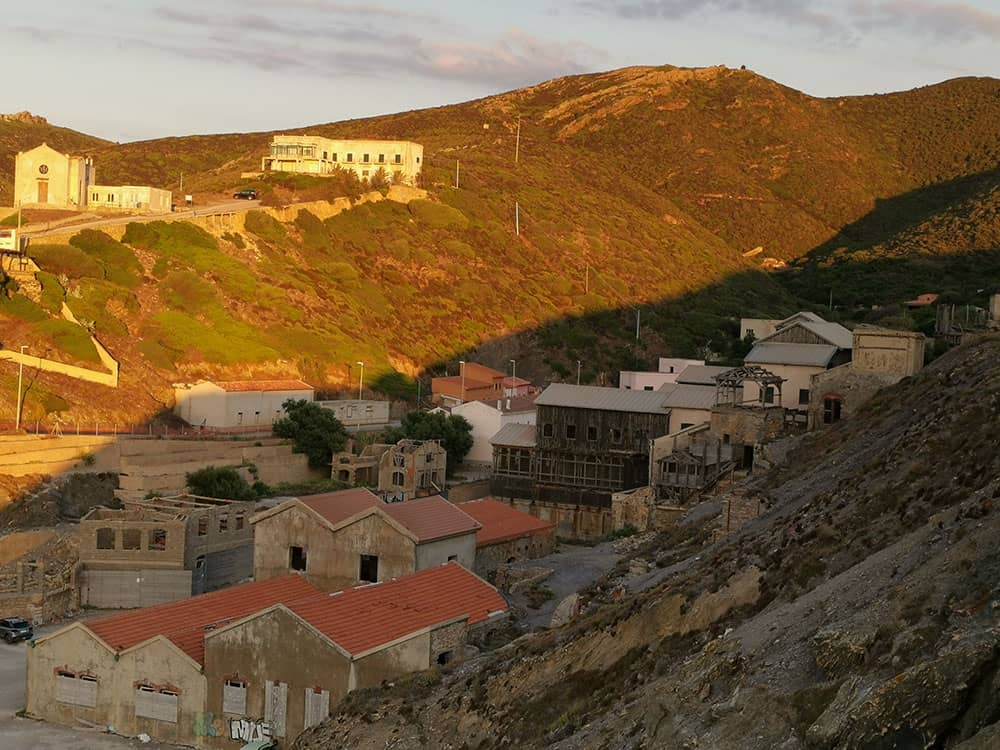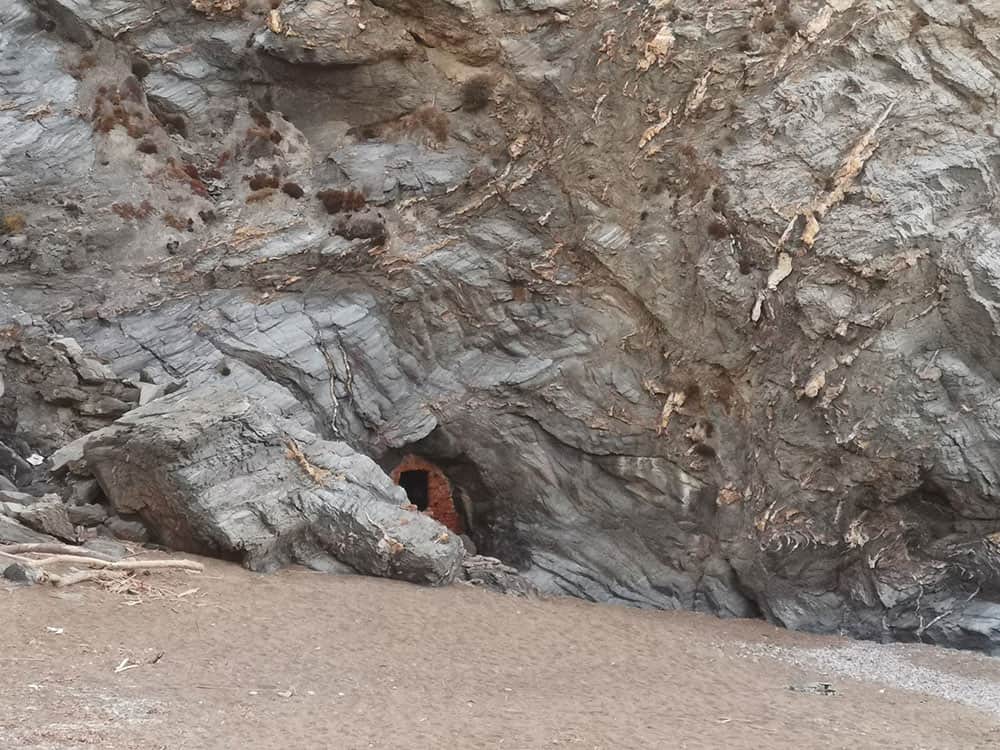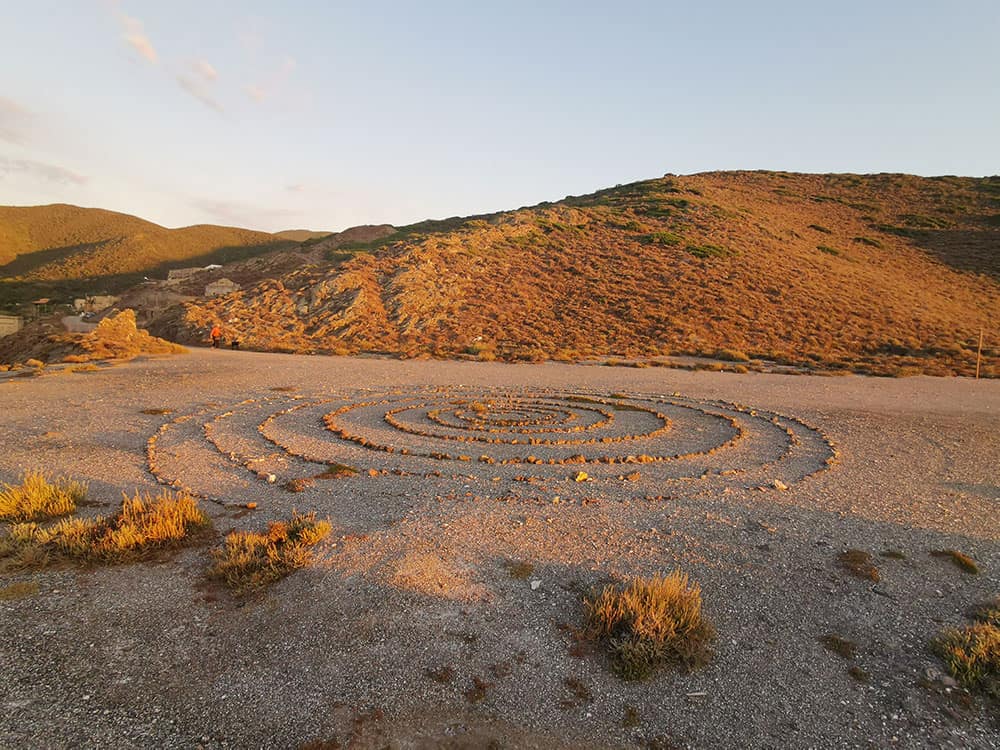One of the topics that Casachiesi has hardly dealt with is undoubtedly industrial archeology, the study that focuses on abandoned sites of industrial production.
If we compared them to the traditional archeological structures widely spread all over Italy, they might seem too recent and too close in time but they are undoubtedly capable of evoking a remote way of life and the harshness of their protagonist’s existence.
Actually, the site we want to talk about has a recent history but very distant origins, and we must bother the Romans and the Phoenicians to find the first interesting traces in the area (we are in Italy after all!).
L’Argentiera is located on the north-western coast of Sardinia, between Alghero and Stintino, 40 km from Sassari and about half an hour’s drive from both the port of Porto Torres and the Alghero-Fertilia airport: here, until 1963, lead, silver, and zinc were extracted and mined.
As we mentioned before the first document that recalls the exploitation of silver veins on the hill overlooking the Cala di San Nicolò dates back to 1131 but in the bottom of an 80 mt deep well, in the area of the Old Mine, during an inspection carried out in 1865 a heap of corpses was uncovered, with some fibulae (safety pin, which was used to support and close the fabrics) and weapons that were used during the Roman times.
The weapons probably belonged to soldiers in charge of the surveillance of the “Damnati ad metalla”, the unfortunate people condemned to forced labor in the mine, a punishment frequently imposed during ancient Rome.
This hypothesis was confirmed by the discovery in the area of the remains of small ovens for the treatment of the material extraction.
Over the centuries the Argentiera has passed from hand to hand and only in 1867, thanks to a law that favored mining research, it was given in concession to the noble Caterina Angela Tola of San Saturnino who gave impetus to the extraction activity.
The major development of the center, however, took place under the direction of engineer Eugenio Marchese of the General Company of Mines: in the early decades of the twentieth century over 400 workers worked there.
Between the two world wars, the inhabited center underwent major developments and improvements, equipping the facilities with all the necessary services, but in the second post-war period, the production continued to decrease until the plants were closed in 1963.
In the seventies, a tourism building renovation plan was attempted but after various legal vicissitudes, the project was abandoned.
Today the old mining village remains in the Argentiera, still only partially inhabited, with factories, houses, public buildings, with some areas enhanced and open to the public. The Argentiera mine is, therefore, today an open-air mining museum where you can visit the village, discover the ancient method of extraction and processing of the minerals and how miner’s everyday life was conducted in the village.
One of the most evocative structures of this place, close to the sea, almost inserted within the village, is undoubtedly the Laveria, built-in pitch-pine wood in 1936 and which has been recently restored.
The metals extracted in the mine were generally mixed along with waste material. To make the mineral marketable it was necessary to separate it from the sterile material, to concentrate it (and enrich it as they would say back then).
In the early years, the enrichment was manually performed by women and children who were manually selecting from the pile, the blocks that were richest in minerals. Later on, when at the Argentiera plant was introduced the “Laveria“, the minerals and the waste were separated through a washing system based on the specific weight of the different components.
This archeo-industrial facility processed up to 45 tons of extracted material a day providing about 18 tons of mineral which was loaded on sailboats that reached bigger vessels en route to the ports of Northern Europe.
Today the village that revolves around “Camillo Marchese” square vaguely recalls with the presence of the offices, the management, the police station, the post office, the infirmary, the workshops, the recreative after-work club, the cinema, the church, and the kindergarten, the vivid life of the old times: the only active presence is a bar and a few houses used during summer by tourists.
One of the things that strike you most about this abandoned industrial environment is that it is located just a few steps from the seashore if not right on the water like the buildings built to load ships. The two beaches overlooked by the worker’s village are two splendid bays with emerald water, generally not too crowded and perfect for taking a dip in the water at the end of the visit.
If you end up in the north of Sardinia, which from the point of view of its nature is one of the most beautiful regions in Italy, don’t miss out on a visit to this lonesome and suggestive location that will hit you with its movie location like a charm.
And once again, this site is included in the Historical and environmental geo-mining park of Sardinia, as a Unesco heritage location.
Betti
phot credits: Patrizia Chiesi
To get to Alghiero follow this map:
An overview video of Alghiero
[socialWarfare]


